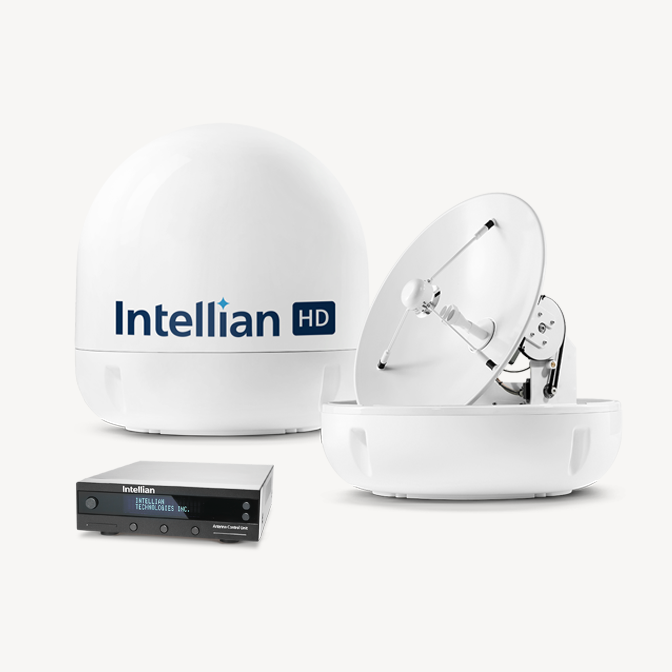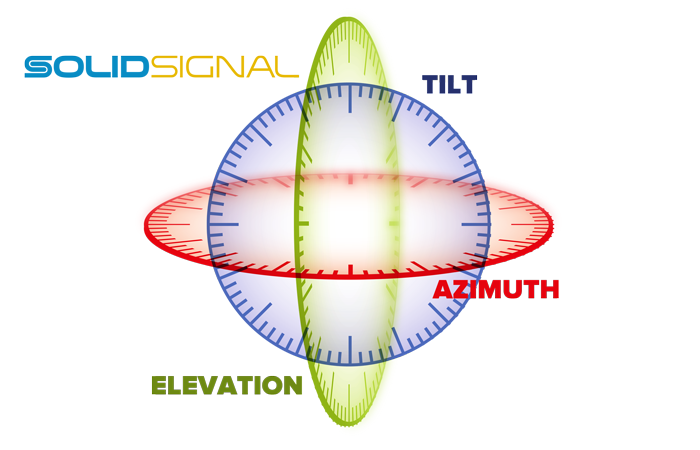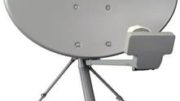Marine satellite TV seems like magic. I mean, think about it. You’re telling me that a moving boat, in practically any weather condition, can track a satellite 22,000 miles away and receive over 100 megabytes of digital data every second, enough to provide a high-definition picture and digital sound? And then you’re going to tell me that it’s capable of doing it with three satellites at once? It seems like science fiction. Yeah, we have some amazing technology now, but this seems practically impossible.
And yet…

This is Intellian’s s6HD system. It uses a dish that’s 33% smaller than a home satellite dish, and it tracks not only three satellites but all the satellites at DIRECTV’s three primary location. It does it while your boat is moving, in choppy seas, and even when it’s raining. You can use it to run a virtually unlimited number of receivers and DVRs so you never miss anything while you’re at sea. So how does it work?
How a dish like this tracks one satellite
The first thing you need to know is that the beam coming from a satellite doesn’t have a hard edge. It has a fuzzy edge, sort of like a projector that’s out of focus. Looked at a different way, the amount of energy from the dish is shaped like a parabolic arc or a bell curve:

The brains of this very smart satellite dish move it until it is able to find the exact center of that parabola, where the signal is strongest. Then, the electronic motors move the dish every time it moves away from that strongest point. It’s done several times a second so the signal never gets so weak that you lose signal.
Multiply that by 3

In order to see three satellite locations at once, the system must be able to move in three ways at the same time. This means three sets of motors and three sets of sensors. Just like an installer does on a home dish, the system finds the center of the beam at the 101 location by moving the dish up and down (that’s the elevation) and side to side (that’s the azimuth.) Then, the system tilts the dish until it sees all three satellite locations at the same time.
Doing all this fancy stuff once is the easy part. The satellite dish’s computers and motors do it constantly, several times a second, on all three motors.
It still seems like magic
Even when you know how it’s done, you can’t help but be amazed by the level of technology involved in getting all of this to work perfectly. And, you can’t help but marvel at the folks at Intellian who come up with stuff like this.
If you want to work with real magicians, call the experts at Signal Connect. We do more marine satellite activations than anyone else in the world. We work closely with the wizards at Intellian, and we can get you the equipment you need.
It all starts with a call to us at 888-233-7563. The call needs to be made during East Coast business hours, but after that, you’ll get a technician who you can call on their cell, 24/7. If it’s after hours, fill out the form below and we’ll get back to you, usually within one business day.





